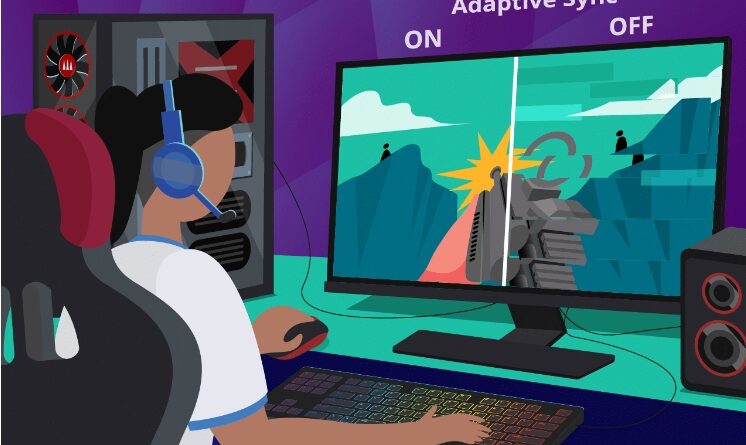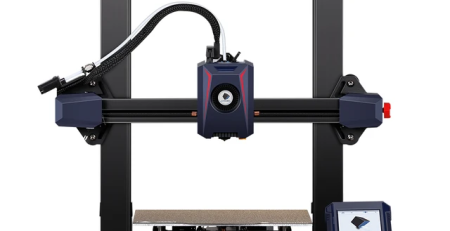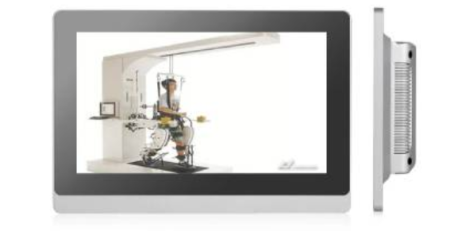In many application scenarios in the industrial field, industrial displays play an indispensable role as key equipment for information presentation. However, during prolonged use, the performance of the display and the user’s visual experience often face many challenges, such as the current adaptive refresh rate technology. This cutting-edge technology also brings new breakthroughs and development in the field of industrial displays.
What are the difficulties faced by the adaptive refresh rate?
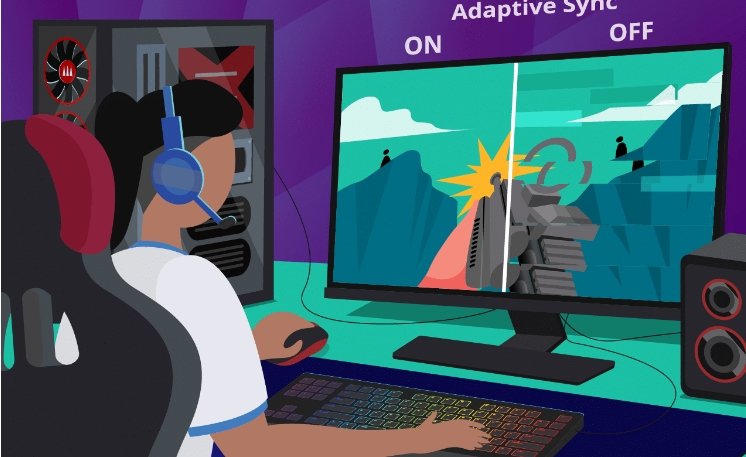
1. Display Adaptation Issues
In different monitoring equipment and environments, there are differences in the display capabilities of hardware devices. Some old surveillance monitors may not support high-frequency adaptive refresh rate adjustment. In addition, the transmission line between the surveillance device and the connection will also affect the realization of adaptive refresh rate. If the bandwidth of the transmission line is insufficient, the screen may be stuttered or delayed during the process of adjusting the refresh rate.
2. Scene Recognition Accuracy
Being able to accurately recognize the different states of a surveillance scene over a long period of time is a challenge. There are many external factors, such as slow changes in light intensity, slow movement of objects in the screen, etc. It is not easy to accurately determine when the refresh rate needs to be adjusted. Therefore, automatically adjusting the adaptive refresh rate can lead to deviations that may affect the quality of the monitoring screen and eye protection.
Advantages of Adaptive Refresh Rate
1. Reduce visual fatigue
A fixed refresh rate may cause eye fatigue to the viewer during long hours of monitoring. If the refresh rate remains constant, the eyes need to continuously adapt to the same frequency of screen refreshing, which will easily cause eye muscle tension. Adaptive refresh rate can be dynamically adjusted according to the changes in the scene, and the system can reduce the refresh rate and screen flicker, thus reducing the burden on the eyes.
2. Remarkable energy-saving effect
Adaptive refresh rate can adjust the refresh frequency of the screen according to the complexity of the scene, thus realizing energy saving. Take outdoor traffic monitoring as an example, at night when the traffic flow is small, the moving elements in the screen is small, at this time to reduce the refresh rate, the screen will consume less power accordingly. This not only helps to reduce the energy consumption of the equipment, but also in the long-term operation of the process can also save considerable expenditure on electricity.
3. Extended device life
Lower refresh rates in some scenarios can reduce the pressure on the internal components of the display device. A high refresh rate will continue to work at high speeds, which will accelerate the aging of the components. By adapting the refresh rate and lowering it when the scene does not require a high refresh rate, the wear and tear on these components can be reduced, thus extending the life of the device.
Golden Margins –Entire Range of Touchscreen Products
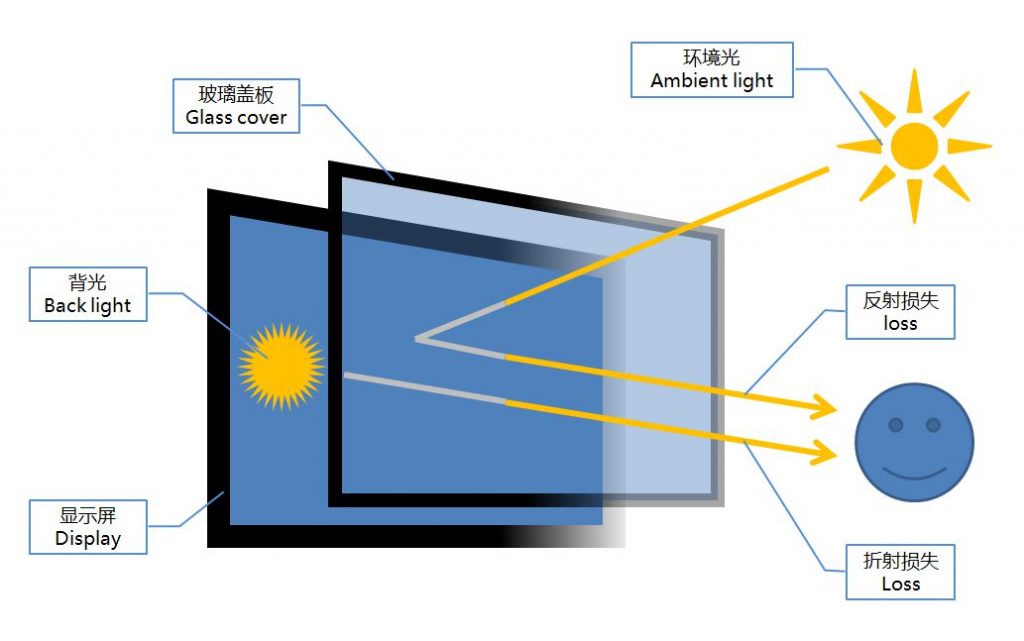
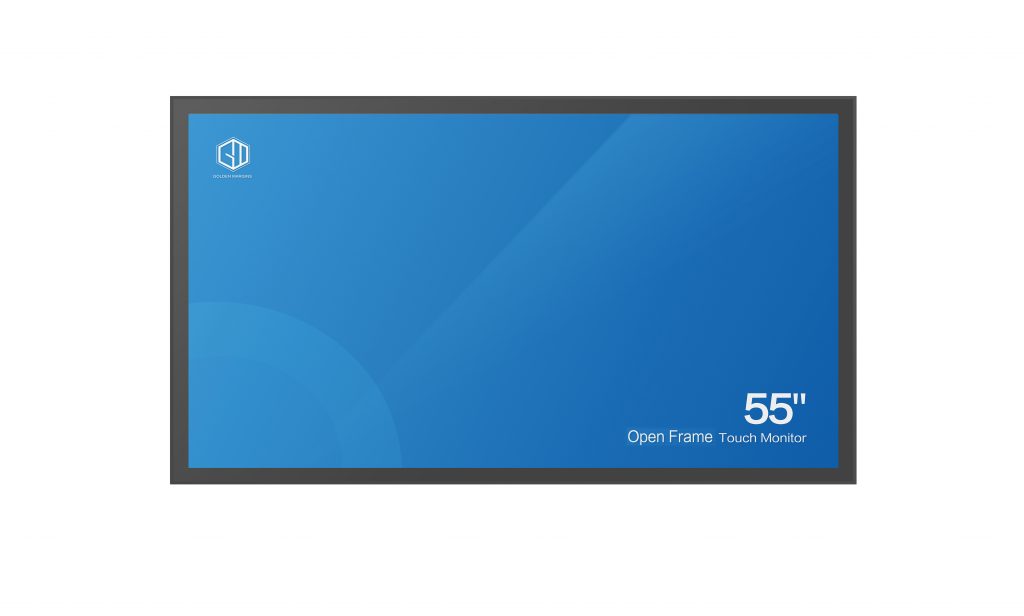
We hope you found these touchscreen or panel PC fundamentals informative. Goldenmargins offers a broad selection of Industrial Touchscreen Monitors and Touch Panel PCs in various sizes and configurations, including medical touch screens, sunlight-readable touch screens, open-frame touch screens, and waterproof touch panels, as well as other unique touch screen or panel PC designs. You can learn more about our services HERE or by calling us at +86 755 23191996 or sales@goldenmargins.com


